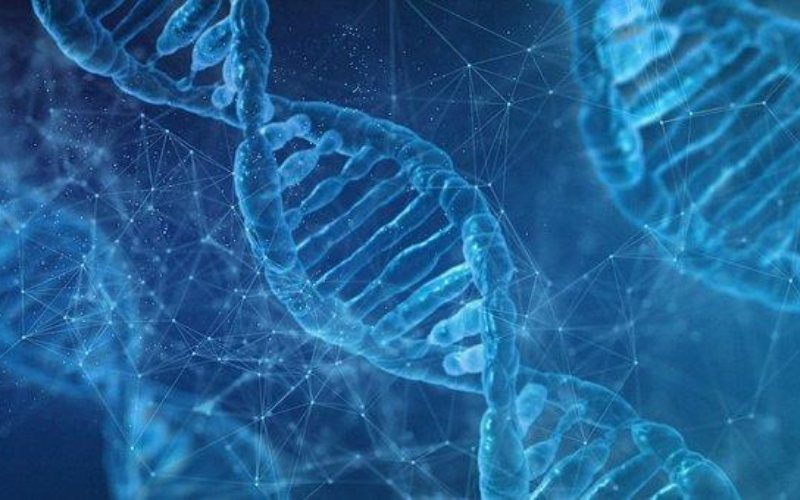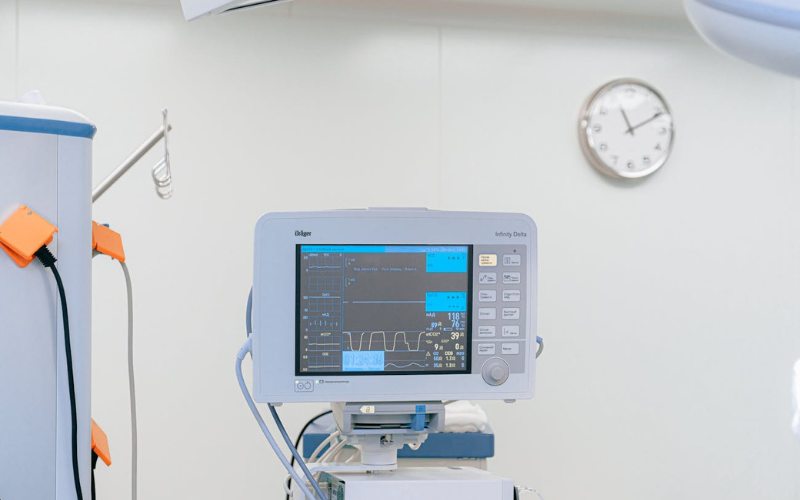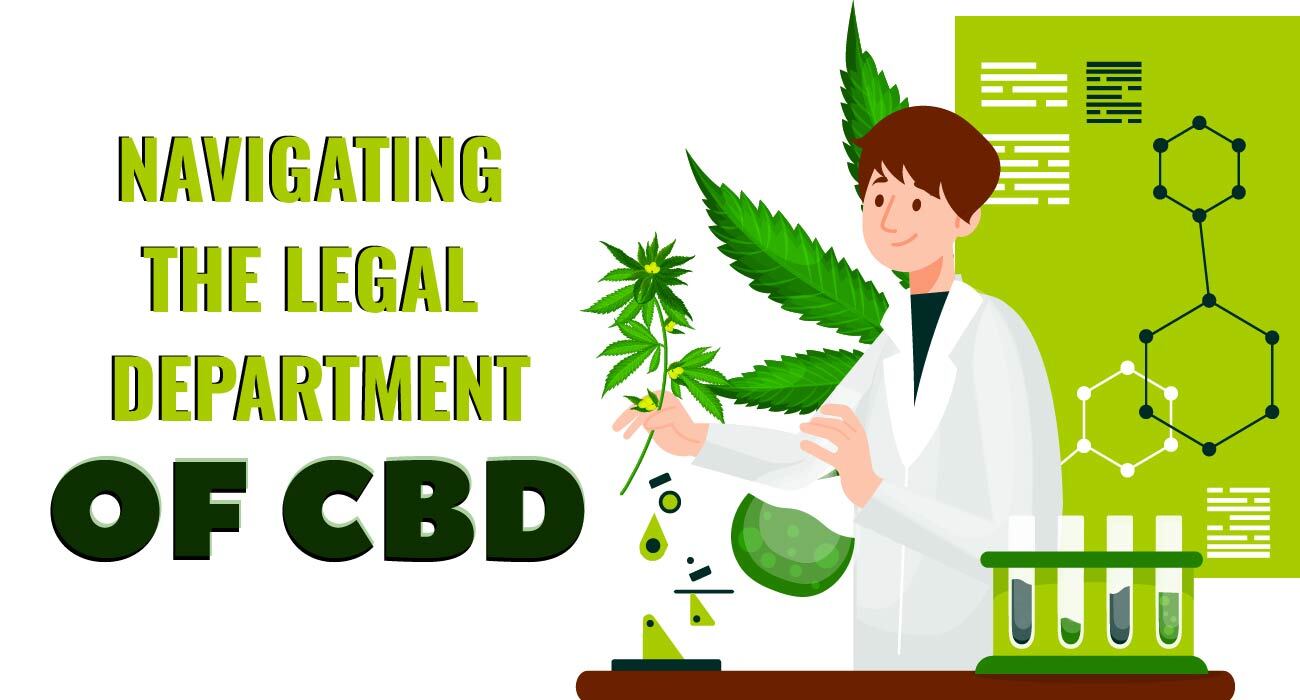Advancement in technology has led to technological improvements in recombinant protein expression. That has generated a more significant revolution in all life and science aspects. What happens when a protein is expressed? A gene that encodes a protein of interest undergoes expression to dramatically enhance the yield of a protein and improve its characteristics in heterologous or native yield.
Recombinant protein production entails transforming cells containing a desired DNA vector or gene and translating it into its corresponding protein. The expressed protein will then be extracted through cell lysing and subsequent purification steps. Other cases involve the exportation of cells into a culture medium via protein secretion machinery.
Largely used in a protein expression service are insect, yeast, bacterial, and mammalian expression systems. No system is perfect or worse because each has both advantages and disadvantages. Selecting a particular expression system for a specific protein needs to be based on several factors; origin, type, technical challenges, regulatory considerations, applications, and the source and function of the protein.
Other technological expression means like using bio-technical resources provides typically a much more affordable and productive microbial expression system than the mammalian and insect systems.
BRT System
BRT has experienced working with many other microorganisms like Bacillus licheniformis, Lactobacillus lactis, Hansenula polymorpha, and Myceliophthora thermophila C1. Previously, BRT was a North American representative for two systems of proprietary protein expression; Bacillus licheniformis and Hansenula polymorpha. No single host system has the best services for all protein types and applications.
That is why BRT possesses the capacity and proven experience for you to select and develop a system that is the most efficient for your protein of interest. BRT contains the five non-proprietary protein expression systems; Trichoderma reesei: secreted protein, E. coli: intracellular and secreted protein, Pichia pastoris: intracellular and secreted protein in particular, and Saccharomyces cerevisiae: mainly intracellular protein.
BRT’s Strategy for the selection and Development of a Protein Expression Platform  BRT offers microbial expression hosts. BRT possesses an enormous potential to produce your secreted or intracellular protein of interest. BRT is crucial in selecting a microbial host through a phased Development Program for serving a protein expression platform for meeting your present and future needs. The steps of the program include;
BRT offers microbial expression hosts. BRT possesses an enormous potential to produce your secreted or intracellular protein of interest. BRT is crucial in selecting a microbial host through a phased Development Program for serving a protein expression platform for meeting your present and future needs. The steps of the program include;
Phase 1
This phase focuses on a feasibility study using one or more host systems. The study will evaluate the generated strains in the shake flask culture.
Phase 2
In this phase, the construction and evaluation of advanced strains for protein expression provision occur. One of the best production strains candidates is chosen from 1-L fermentor cultures and shake flask.
Phase 3
Optimization of a process of fermentation and scaling up and demonstration of the process at the pilot scales of BTR’s 14-L and 60-L or 250-L. A technology Transfer Package supports the transfer of the strain to a facility that is a strain of commercial fermentation.
E. coli Services of Protein Expression
 Recombinant protein production in E.coli provides the following services; ligand preparation, antigen production, cell-based assays, vaccine development and therapeutics, enzymatic assays, and proteins for binding assays. Most proprietary platforms produce functional recombinant proteins, fusion proteins, domain-specific fragments, and protein complexes.
Recombinant protein production in E.coli provides the following services; ligand preparation, antigen production, cell-based assays, vaccine development and therapeutics, enzymatic assays, and proteins for binding assays. Most proprietary platforms produce functional recombinant proteins, fusion proteins, domain-specific fragments, and protein complexes.
Baculovirus-Mediated Insect Cell Expression
In this case, what takes place is a generation, titer determination, and storage of recombinant baculovirus. The protein expression agency grows and maintains the Hi-five insect and Sf9 cell lines. To determine the optimal conditions of expression, small-scale test expression is conducted in both the adherent and suspension cultures.
Mammalian Cell Expression
In the mammalian expression of cells, three main suspension cell lines cultured in minimal media are grown and maintained. They include; HEK 293-F (freestyle), CHO-S (freestyle), and NSO. Various adherent cell lines are used for specialized circumstances, such as the limitation of glycosylation or enablement of DHFR selection of stable cells.
Challenges in Protein Expression
Many factors influencing the protein expression process make the expression process quite challenging. Some challenging factors include; protein folding, correct post-translational modification, and protein insertion expressed into a biological membrane. All the factors above are influenced by selecting a protein expression system and could lead to complications in the protein expression process.
Modern View of Protein Expression
 The modern view of protein expression and cells has shed light on how genes encode for proteins. Controlled and integrated gene actions in both the eukaryotic and prokaryotic cells produce specific protein sets bearing characteristic structures that accommodate the specific modifications required for the functioning of cells. This process is known as gene expression and entails converting the information encoded in a gene into a messenger RNA first, then finally into a protein.
The modern view of protein expression and cells has shed light on how genes encode for proteins. Controlled and integrated gene actions in both the eukaryotic and prokaryotic cells produce specific protein sets bearing characteristic structures that accommodate the specific modifications required for the functioning of cells. This process is known as gene expression and entails converting the information encoded in a gene into a messenger RNA first, then finally into a protein.
Protein expression processes describe how organisms and living cells modify, synthesize and regulate proteins. The modern protein expression technique is routinely utilized in molecular biology and pharmaceutical production of peptide-based hormones and proteins. Most chemically competent E. coli cells suitable for protein expression and transformation are now available tools for research kits.
Final Thoughts
Many books provide hands-on instructions on the expression and cloning of proteins. Most of them simplify the recombinant protein expression science.
The needed steps for encoding DNA on a target protein and downstream cloning of a promoter into an expression of the vector are preceded by introducing a modified vector into host cells. The production of the desired protein by the protein synthesis of a cell is also simplified. In practice, however, many factors influence this process and can create some challenges in the process of protein expression.
Also Check: Summer Season Fruits in India




